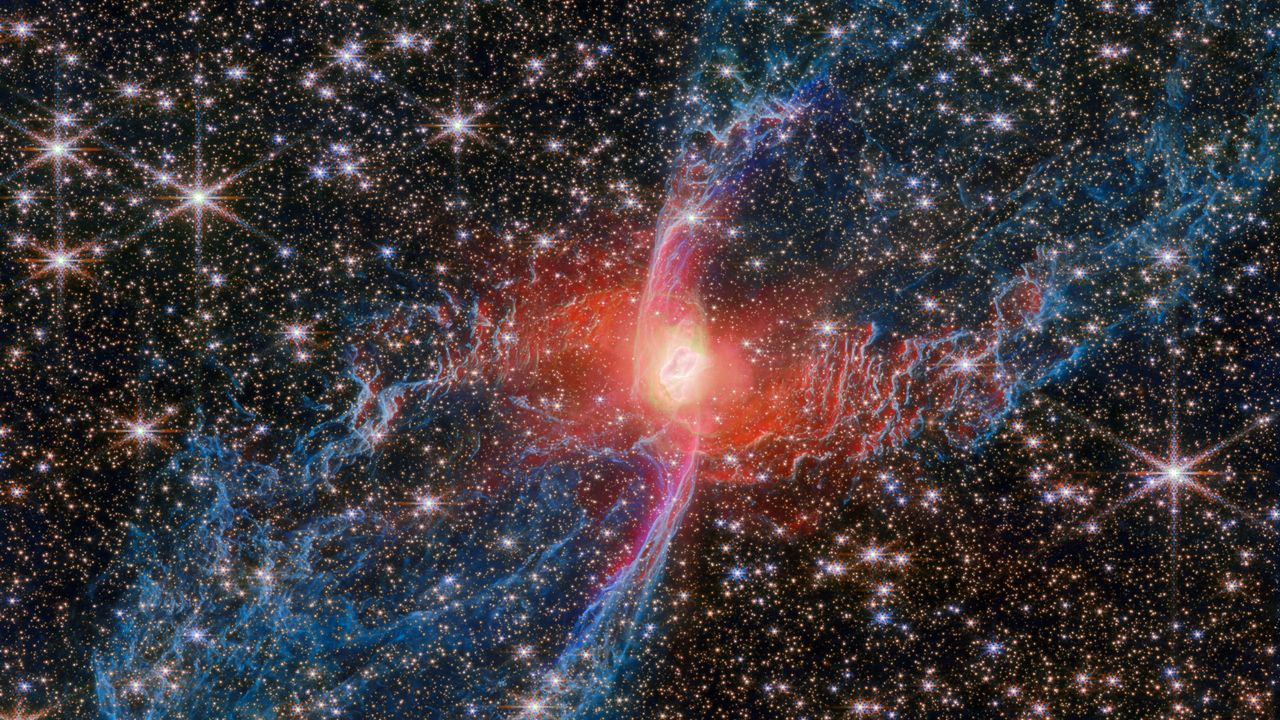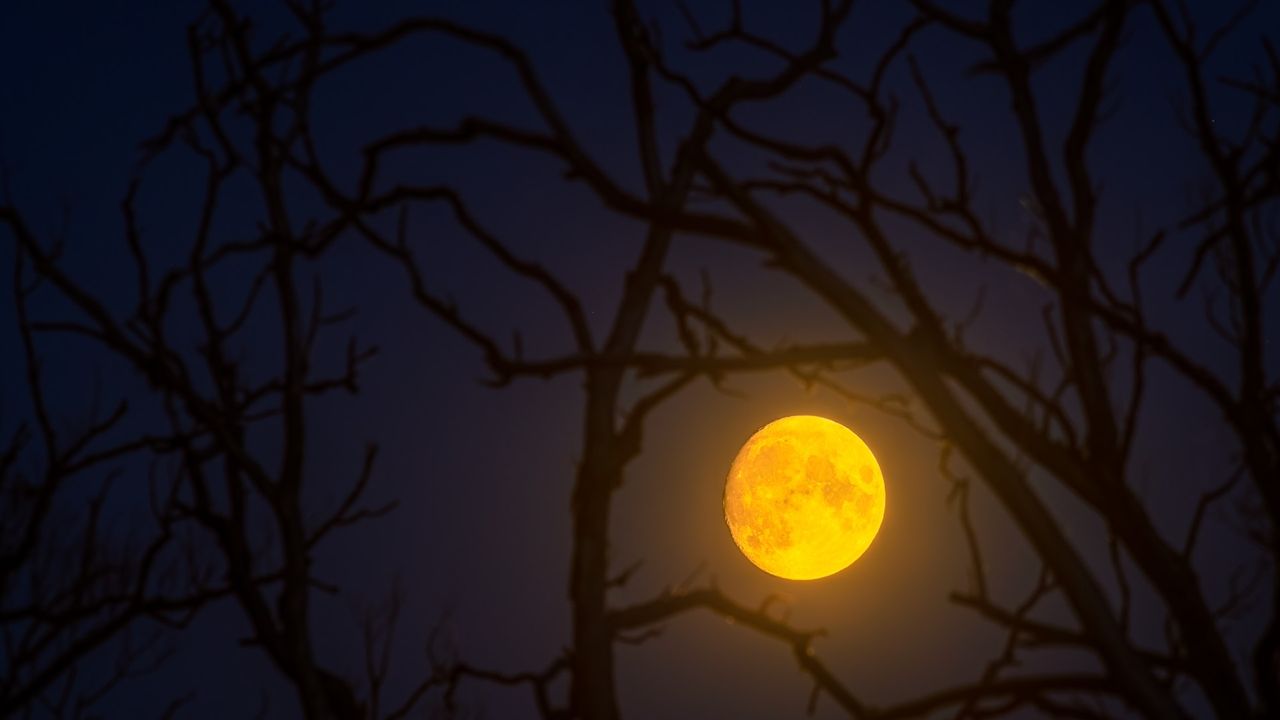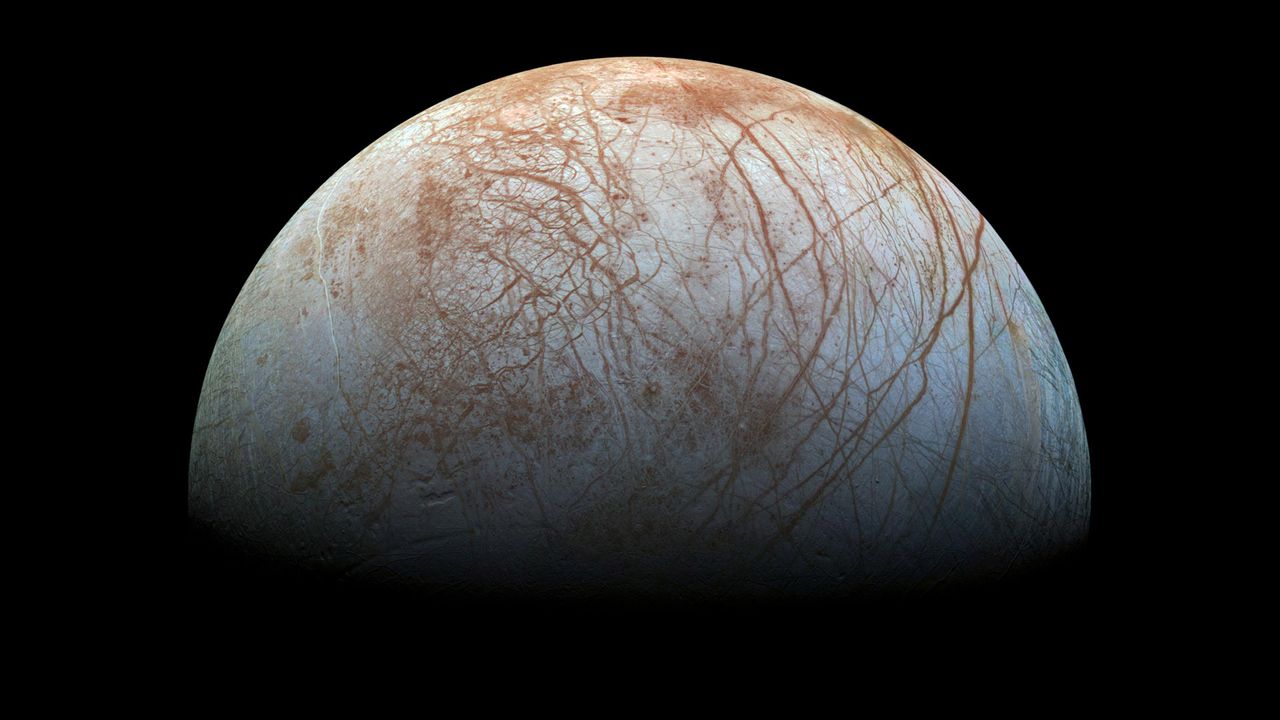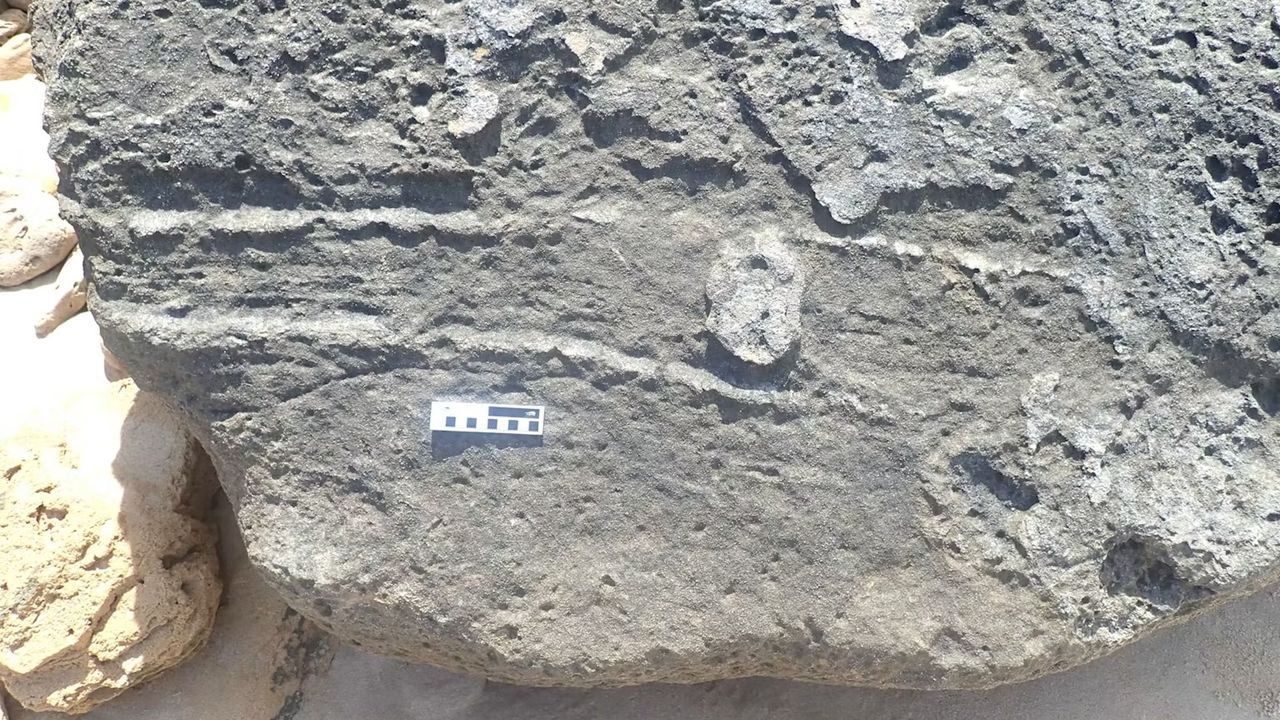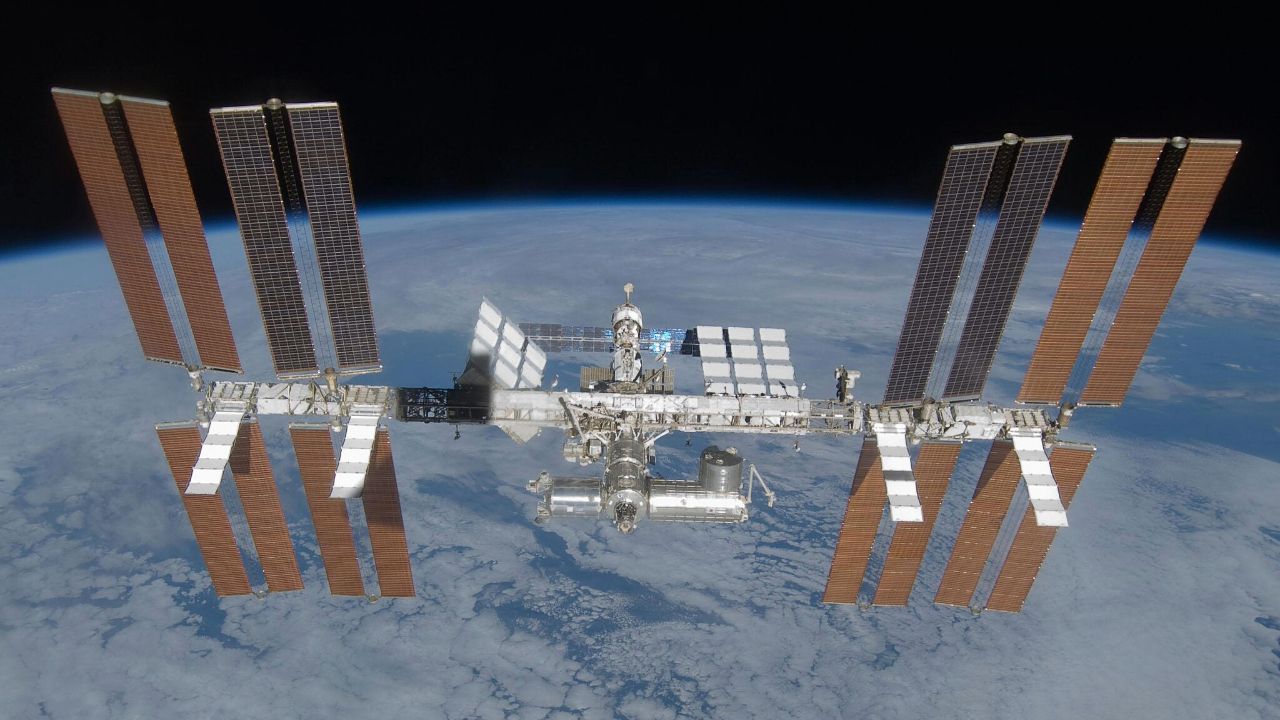On Saturn's largest moon, water and oil would mix — opening the door to exotic chemistry in our solar system
PositiveScience

Scientists have discovered that on Titan, Saturn's largest moon, water and oil can mix in ways that challenge our understanding of chemistry. This finding is significant because it opens up new possibilities for exotic chemical reactions that could exist in our solar system, potentially leading to insights about life beyond Earth.
— Curated by the World Pulse Now AI Editorial System
